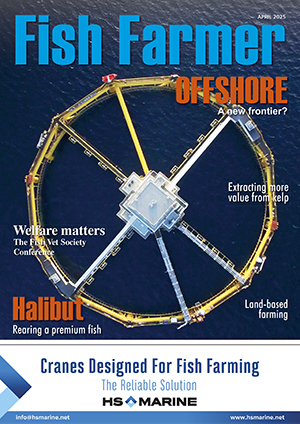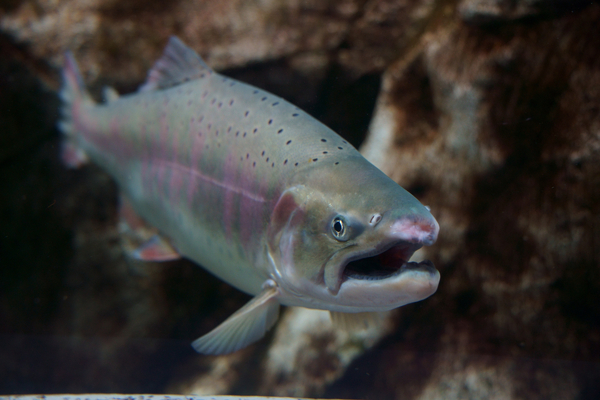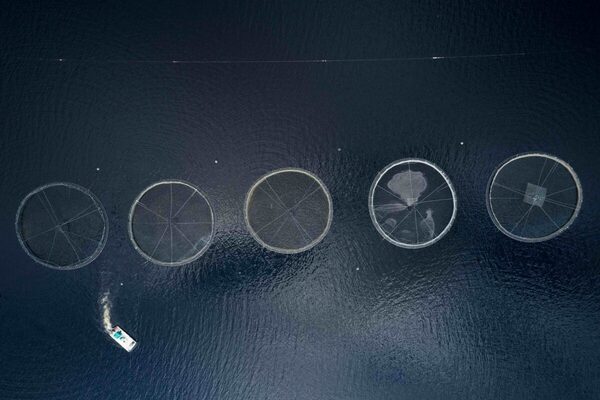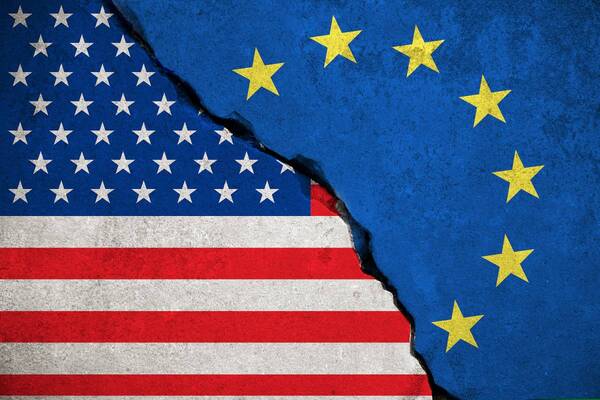Valorisation
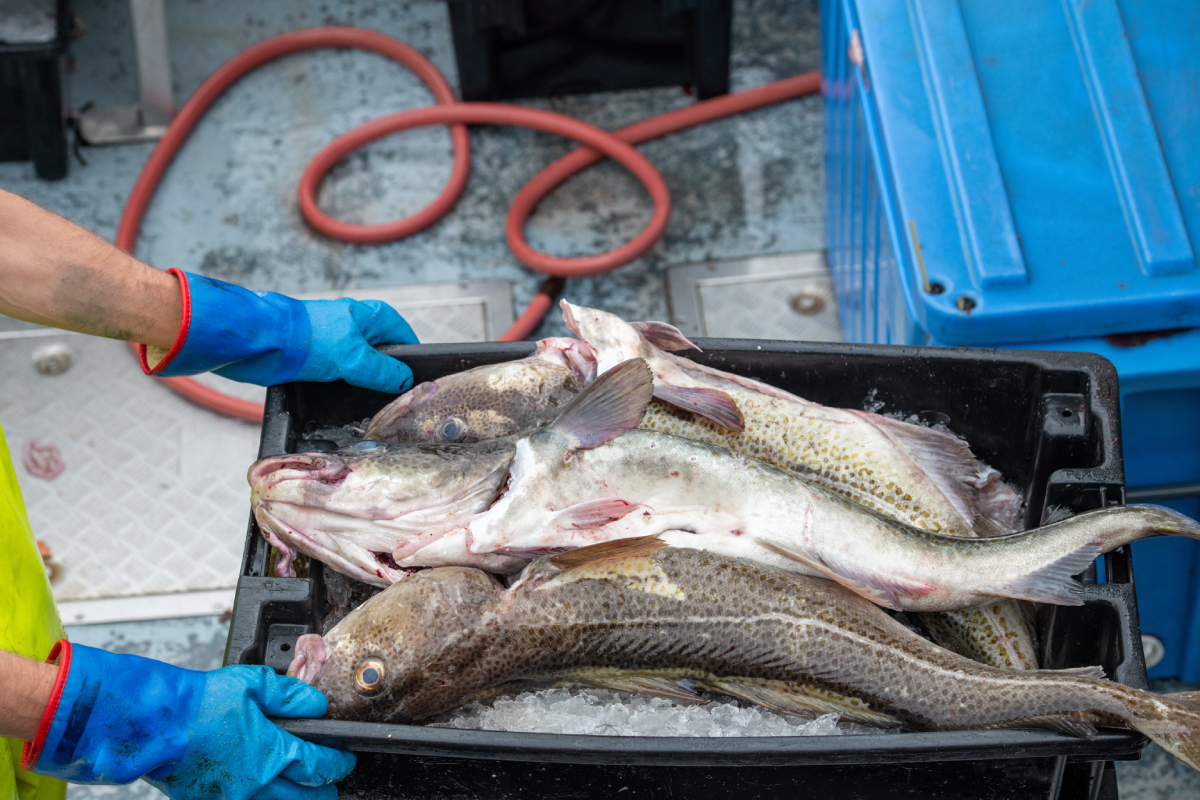
Valorisation, in the context of seafood, refers to the process of adding value to seafood products, particularly by utilising by-products and waste streams that are traditionally discarded. This approach helps maximise the economic value of the entire seafood supply chain, reduces waste, and contributes to more sustainable and circular seafood industries.
In seafood processing, a significant portion of the biomass (up to 60-70% in some species) is often considered “waste” (e.g., heads, bones, skin, shells). Valorisation involves finding uses for these by-products (also known as “sidestreams”), such as:
- Fish Oils and Omega-3 Supplements: Extracted from fish heads, livers, and viscera, fish oils are rich in omega-3 fatty acids (EPA and DHA), highly valued in the nutraceutical and pharmaceutical industries.
- Fish Meal and Fish Oil: Made from fish offcuts, this is used in animal feed, particularly for aquaculture, poultry, and pets.
- Collagen and Gelatin: Derived from fish skin and scales, these are used in food, cosmetics, and medical applications such as wound dressings.
- Fish leather: The skin of finfish such as salmon is very thin but also very strong, and fish leather has been used to make a variety of products such as lauz=xury purses and handbags.
Shellfish by-products include chitosan from shrimp and mollusc shells, which is used in bioplastics, pharmaceuticals, water purification, and medical applications; calcium from oyster and mussel shells; and various bioactive compounds such as proteins and peptides with antioxidant, antimicrobial, and anti-inflammatory properties.
The 100% Fish initiative led by the Icelandic Oceanic Cluster, which began by looking at better ways to use cod, is widely regarded as the cutting edge in terms of valorisation.
